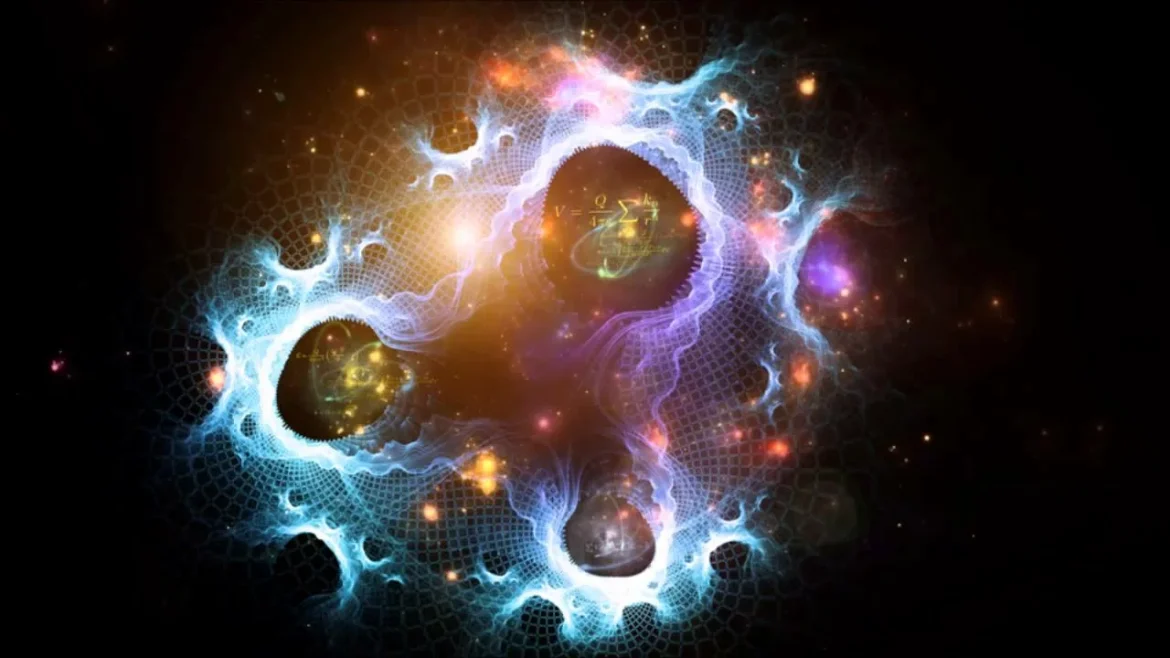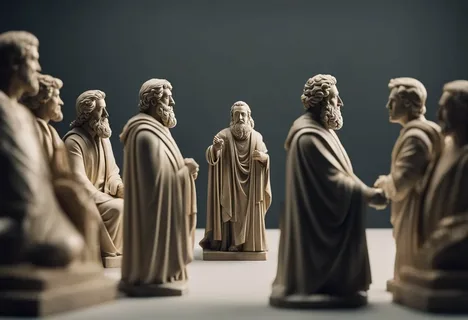Quantum mechanics is one of the most profound scientific theories ever developed. It has not only revolutionized our understanding of the smallest building blocks of nature, but also fundamentally changed the way we think about reality, measurement, and even the concept of causality. From the behavior of atoms to the functioning of supercomputers, quantum mechanics underpins much of modern science and technology.
This article explores how quantum mechanics emerged, how it transformed classical physics, and how it continues to reshape our understanding of the universe at both microscopic and cosmic scales.
What Is Quantum Mechanics?
Quantum mechanics is the branch of physics that deals with phenomena on extremely small scales—typically at the level of atoms and subatomic particles. In this realm, the laws of classical physics (such as Newtonian mechanics) break down, and strange, non-intuitive behaviors emerge:
-
Particles can exist in superposition, meaning they can be in multiple states at once.
-
Entanglement links particles such that a change in one instantaneously affects the other, no matter the distance.
-
Uncertainty is built into nature itself, as described by Heisenberg’s Uncertainty Principle.
These are not just theoretical oddities—they’ve been confirmed in countless experiments and have led to real-world technologies.
The Birth of Quantum Theory
At the dawn of the 20th century, classical physics could no longer explain certain observations:
-
The ultraviolet catastrophe in blackbody radiation.
-
The photoelectric effect, where light ejects electrons from a metal surface.
-
The stability of atoms, which classical theory couldn’t account for.
To resolve these issues, Max Planck proposed in 1900 that energy is quantized—it comes in discrete packets called “quanta.” Soon after, Albert Einstein used the idea to explain the photoelectric effect, showing that light behaves not just as a wave, but also as a particle (photon).
Then came Niels Bohr, who introduced the concept of quantized energy levels in atoms, and Werner Heisenberg, who formulated matrix mechanics. Erwin Schrödinger developed wave mechanics, describing particles as wavefunctions that evolve over time.
By the 1920s, the framework of quantum mechanics had emerged—and with it, a radically new picture of the universe.
Key Concepts That Changed Everything
1. Superposition
In classical physics, an object is in one state at a time. But in quantum mechanics, a particle can exist in a superposition of states. For example, an electron can be in multiple places at once—until it is measured. Upon observation, the wavefunction “collapses” into a single outcome.
This leads to the famous Schrödinger’s Cat thought experiment, where a cat in a box is simultaneously alive and dead until observed. It’s not about real cats—it’s about how observation itself affects quantum systems.
2. Entanglement
When two quantum particles interact, they can become entangled. Their states are linked so that measuring one instantly determines the state of the other, even across vast distances. This “spooky action at a distance,” as Einstein called it, has been confirmed in experiments and is a cornerstone of quantum information science.





